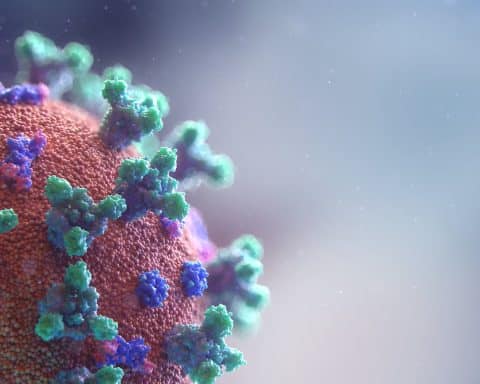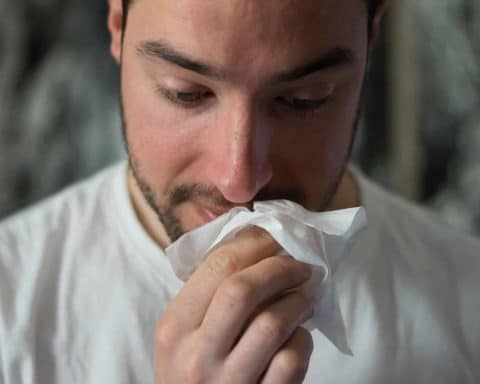Bert Leysen is a Belgian general practitioner at the Department of Primary and Interdisciplinary Care, Faculty of Health and Life Sciences, University of Antwerp.
On the 14th March 2020, the emergency plan for family practice started in Belgium. This means that Belgian family doctors cannot see as many patients as before: only urgent consultations, triaged so that no patient has to sit in the waiting room. As a family doctor, I now see one patient every 40 minutes which allows sufficient time to advise other patients by telephone. For the first few weeks this was very difficult. In addition, we triage coughing patients for the GP cooperative (history, listening to lungs, checking vital parameters, including oxygen saturation) and decide if these patients must go to hospital or not. All healthy GPs work together in these physical triage posts to reduce the workload of the emergency services.
Using this network we found solutions to some local problems, mainly by making connections for people in need.
Flemish primary care zones are a new phenomenon. The 60 primary care zones in Flanders (the Dutch-speaking part of Belgium) have only officially existed for a few months. Our employees are still paid by one of our precursor organisations fostering interdisciplinary collaboration. Primary care zones will have their own funding from July 2020 onwards. Because primary care zones are young organisations, without their own funding, with small numbers of employees working for precursor organisations, it is difficult to meet needs in the field even though that is what is expected.
What did we do through the primary care network?
To foster collaboration:
We sent out our first official newsletter in March 2020 and included some COVID-related news. We had planned a second newsletter in June but, as communication is of utmost importance, we sent a second newsletter in April. We feel the need to send updates every week but this would be extremely difficult.
Out of a strong belief that there should be a local social response, we asked our five local authorities, at the beginning of March, to think about and share how they wanted to shape their response. One of the local authorities told us they wanted to start a website to match care-seekers° with voluntary care-givers. Some weeks later, all five local authorities used this website. Then we asked the five local authorities to exchange information again on the concrete implementation of these social actions, leading to refinement of their social action policies.
Our nursing homes, for example, now have video calls with our local hospital, and we foster interdisciplinary collaboration there too.
We succeeded in creating a linking care centre officially recognised by the Flemish government — one of around 30 in Flanders (one for every two or three primary care networks). Luckily this is not yet needed. At present, four linking care centres in Flanders cater for COVID-19 positive patients. Local peer review improves services because of shorter feedback loops. Our nursing homes, for example, now have video calls with our local hospital, and we foster interdisciplinary collaboration there too.
Another plan by the Flemish government was to start up ‘cohort care’, so that COVID-19 positive patients at home would be treated by a dedicated group of home care nurses and home care aides. This greatly reduces the risk of infecting COVID negative patients receiving home care. We translated general guidelines of government to interdisciplinary protocols adapted to our local partners, including advice on how to meet psychosocial needs and psychological problems
Conclusion
Primary care networks are already proving that they have an added value through communication of relevant news, fostering local peer review and creating the sense of belonging to a local health care and wellbeing community.








